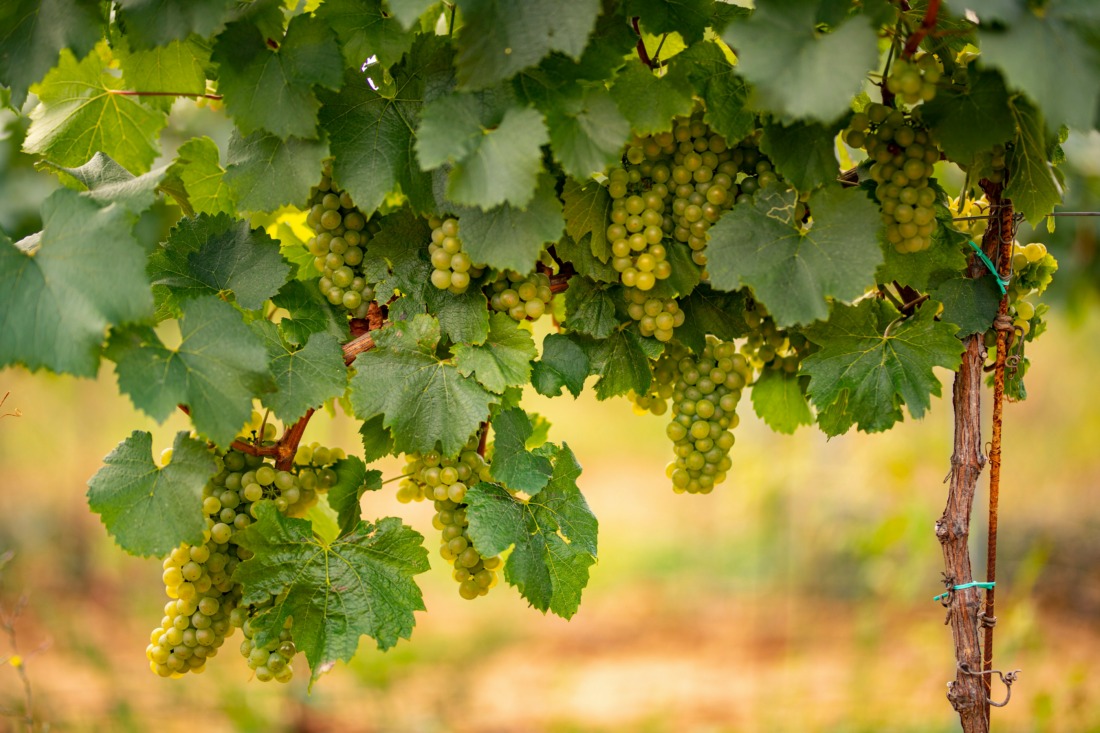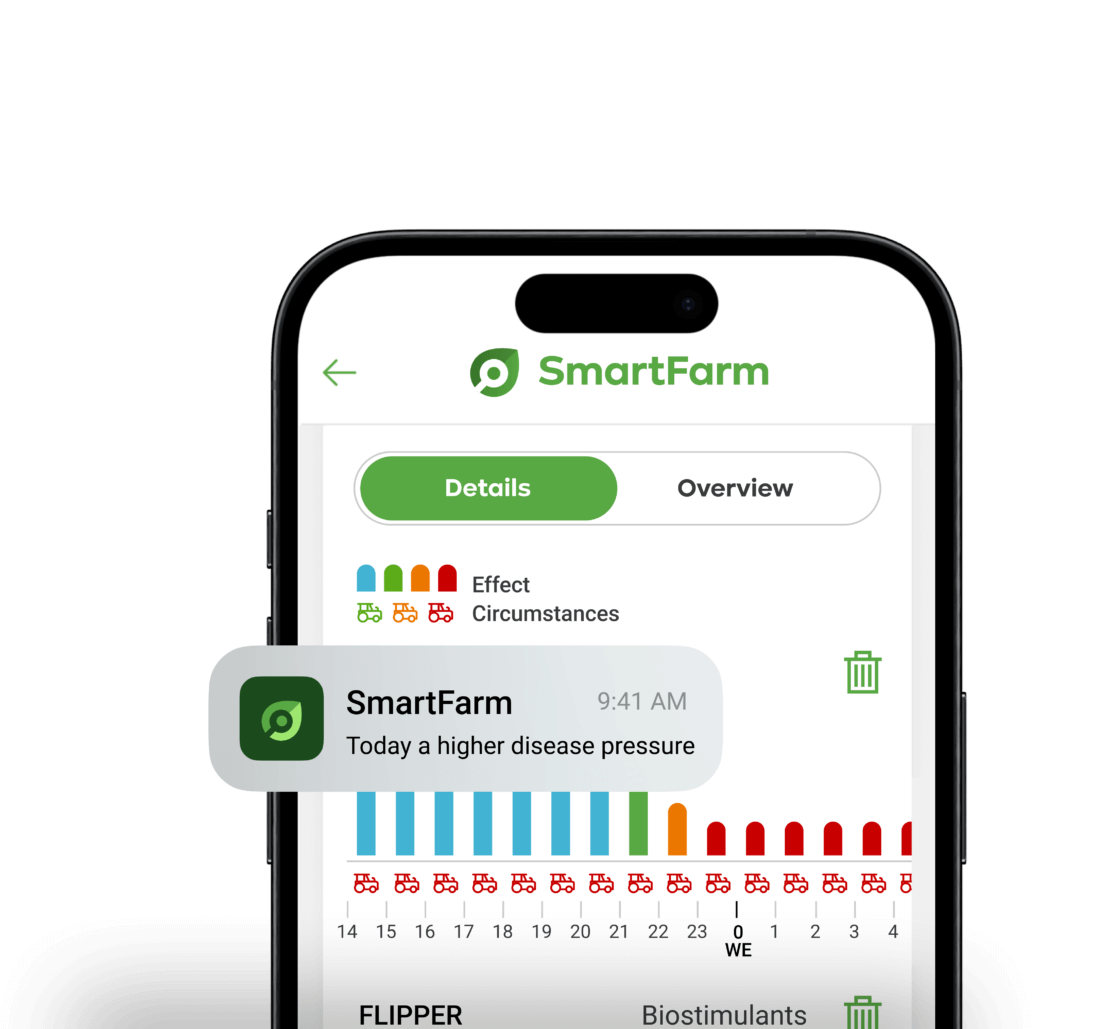Grape black rot attacks grape vines during hot and humid weather. The disease cycle begins with the overwintering structures. The grape black rot pathogen overwinters in many parts of the grape vine, especially mummies and lesions, and can overwinter on the vineyard floor. Spring rains release the ascospores and conidia contained in the overwintering structures and are spread by wind and rain to infect leaves, blossoms, and young fruit.
In the presence of moisture, ascospores germinate slowly, taking 36 to 48 hours, but eventually penetrate the young leaves and fruit stems. The infections become visible after 8 to 25 days. The second type of spore, conidia, are dispersed short distances by splashing rain drops throughout the summer. Infection occurs when either of the two spore types lands on green grape tissue and the tissue remains wet for a sufficient length of time, which is dependent on temperature.
Minimum temperature for infection is 8°C. At 10°C it takes 24 hours of leaf wetness for a spore to germinate but at temperatures between 15 – 32°C it takes less than 12 hours with an optimum around 22°C. A film of water on the vine surface is necessary for the infection to inoculate. This completes the disease cycle.
Action thresholds
- No risk No need for action
- Low risk Action may be needed if no application of fungicides has appeared until now
- Moderate risk Action may be needed, but only after 3 consecutive days of moderate risk and if infestation is visible. You should consider to apply a preventative fungicide today if the current protection is fading
- High risk: Action needed, but only after 2 consecutive days of high risk and if infestation is visible. It is highly recommended you apply a preventative fungicide



